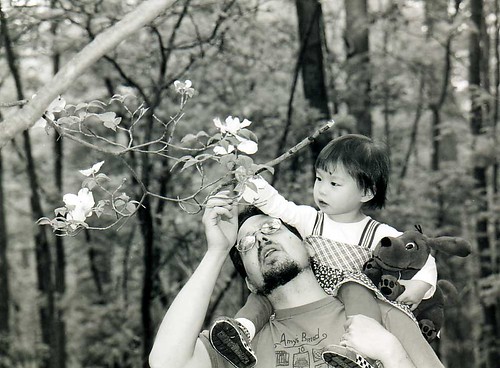🦋 Eidetic imagery in art
 For my birthday gift, Ellen and Sylvia gave me Reflections on the Dawn of Consciousness: Julian Jaynes' Bicameral Mind Theory Revisited, recently published by Marcel Kuijsten of the Julian Jaynes Society. Thanks, Ellen and Sylvia! It was just what I wanted. For my birthday gift, Ellen and Sylvia gave me Reflections on the Dawn of Consciousness: Julian Jaynes' Bicameral Mind Theory Revisited, recently published by Marcel Kuijsten of the Julian Jaynes Society. Thanks, Ellen and Sylvia! It was just what I wanted.
Started reading the book last night -- not much to say about it yet other than it is a lot of fun to read and thought-provoking. I wanted to quote some passages about occurrences of hallucinated imagery in visual and textual art. (The first essay in the book, after a prefatory biography of Jaynes, is a short piece Jaynes wrote for Art/World magazine in 1981 called "The Ghost of a Flea: Visions of William Blake", about Blake as a transcriber of heard voices.) I'm interested to read Jaynes' 1979 article "Paleolithic Cave Paintings as Eidetic Images", not reprinted in this volume but referenced a few times -- this is a great book if considered only as a source of outside references. Kuijsten references a couple of other writers in support of the idea that cave paintings are transcribed hallucinations, including
David Lewis-Williams, who argues that cave art was painted by individuals hallucinating in trance states. Lewis-Williams noticed similarities between recent rock art of the San tribe of the Kalahari and that of much older European cave art. He learned that modern San shaman engage in trance dances to "contact another world" for various purposes such as healing the sick, then noticed that the San rock art from past generations did not depict scenes from daily life but in fact represented spiritual experience and trance.
Kuijsten also talks about European and American writers, poets and artists who
have been known to draw inspiration from actual hallucinations. Judith Weissman discusses this in her book, Of Two Minds: Poets Who Hear Voices [ooh! another ref. to follow up...]. V.S. Ramachandran... describes visual hallucinations in the writer and artist James Thurber. Thurber was blind by the age of 35 and experienced visual hallucinations that he incorporated into his work. ...While in Egypt in 1904, [Aleister Crowley] claims that for three days between the hour of noon and 1pm his "Holy Guardian Angel" Aiwass dictated the Book of the Law to him. In his book Equinox of the Gods, Crowley describes the event in detail, saying that as he sat at his desk, the voice of Aiwass came from over his left shoulder in the furthest corner of the room. ...Crowley himself did not entirely rule out the possibility that the voice came from his own mind:
Of course I wrote them, ink on paper, in the material sense; but they are not My words, unless Aiwass be taken to be no more than my subconscious self, or some part of it; in that case, my conscious self being ignorant of the Truth in the Book and hostile to most of the ethics and philosophy of the Book, Aiwass is a severely suppressed part of me. Such a theory would further imply that I am, unknown to myself, possessed of all sorts of præternatural knowledge and power.
posted evening of Thursday, May 19th, 2011
➳ More posts about The Bicameral Mind
➳ More posts about Philosophy
➳ More posts about Readings
|

